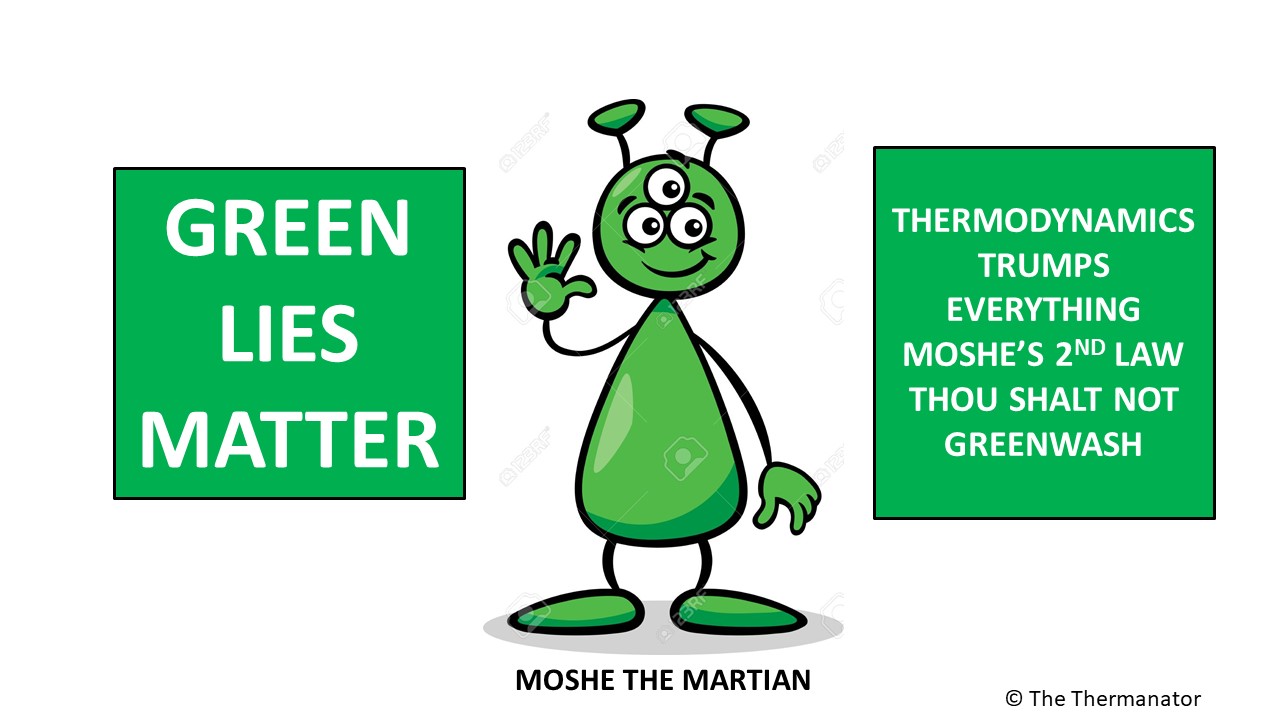Chu also suggested that the paving of roads should be done with lighter color material than asphalt. This got me thinking we should have pastel color roofs and pastel color concrete roads and sidewalks. We should allow kids to decide the color of the roof of the home we live in as well as the color of the roads and sidewalks. Living in such a neighborhood would like being on an acid trip without any LSD and it would be a declaration of victory for the Hippies of yesteryear. I am all for brightening up the neighborhood and getting rid of dark color shingles on the roofs of our homes. Why did the roofing materials companies come up with dark colors in the first place? It might have been that historically tar and gravel was a simple, abundant, and inexpensive choice in the material selection process. I am sure that folks could come up with pastel colored alternatives for roofing material but they will be more expensive. In many European and Asian countries roofing of dwellings is accomplished with red terracotta tiles. This is because of the global abundance of the red clay that can be baked into tiles, pots, and other objects. In old soviet style housing drab gray concrete tiles were used. Perhaps we could resurrect concrete roofs but add some pastel tints and colorants to the concrete before it cures.
Road paving with pastel colored concrete is a much simpler task. However the production of cement is a carbon intensive undertaking. I have performed some simple arithmetic that does show over the complete lifecycle of a road that will span 20 years a pastel colored road does significantly reduce global warming compared with an asphalt road. Perhaps the government should set aside several billion dollars of the stimulus to replace the pothole filled roads in America with Dorothy’s light yellow brick road. I also have a suggestion for the government that we should install a few hundred thousand air compressor stations along our roads that would conveniently offer free compressed air for the tires in our vehicles. Most folks are driving with underinflated tires and the simple act of properly inflating tires will increase fuel economy by as much as three percent. Why not use a few of these billions of dollars of stimulus to have the news cars from Congressional Motors (the renamed General Motors) drive nicely on smooth and cool roads with properly inflated tires?


